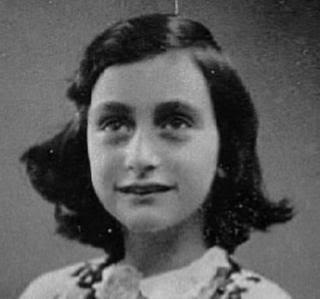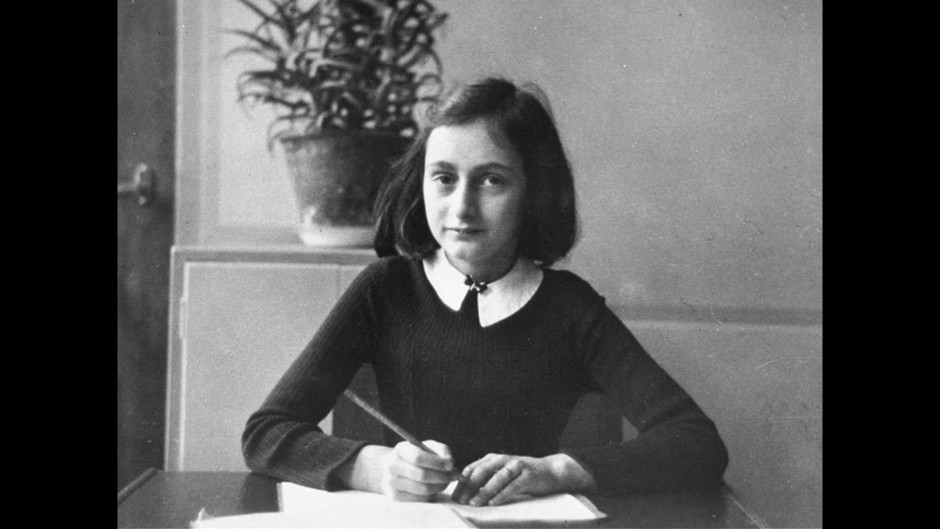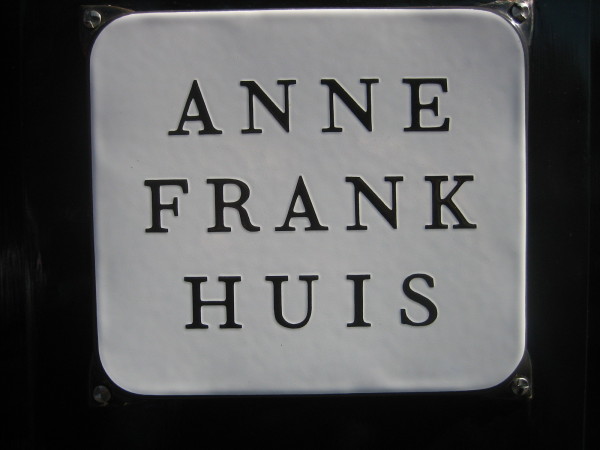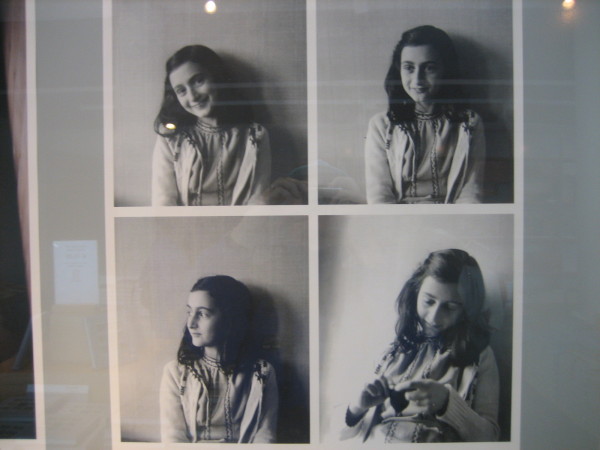
She may well have been the most famous victim of the Holocaust.
Anne Frank, the young Dutch Jewish woman whose brief life has inspired mountains of commentaries, biographies, movies and plays, succumbed to typhus in a German concentration camp 70 years ago this month.
The gabled house in the center of Amsterdam where she and her family lived for 25 months is now a museum. Toured by millions of visitors since its opening on May 3, 1960, Anne Frank House — Anne Frank Huis in Dutch — celebrates a remarkable teenager whose diary has been published in scores of countries.
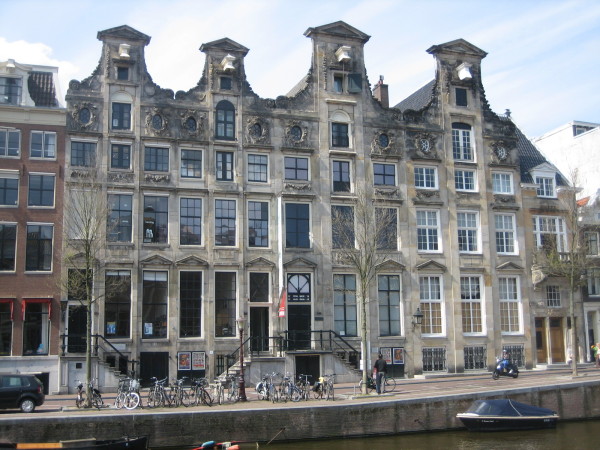
Adjacent to one of Amsterdam’s charming canals, and just steps away from the imposing Westermarkt church, Anne Frank House is in a gentrified neighborhood dotted with restaurants, cafes, boutiques and art galleries.
Prior to World War II, this was a drab and unprepossessing area. Anne’s father, Otto, established his new business here shortly after Nazi Germany invaded Holland in May 1940.
An assimilated German Jew, Otto left Frankfurt — where Anne and her sister, Margot, were born — following Adolf Hitler’s accession to power in 1933. Thousands of German Jews like the Franks immigrated to Holland after Hitler was named chancellor of Germany.
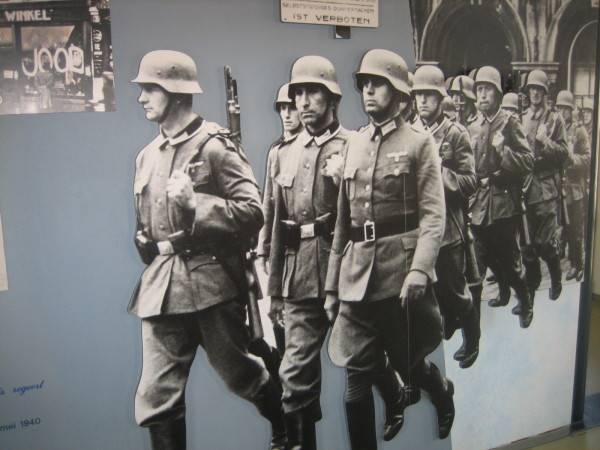
Having settled down in Amsterdam, Otto sent for his wife, Edith, and their two daughters. For a while, they lived in a four-storey beige apartment building at 39 Merwedplein, in the Buitenveldert district where many Jews resided. In a parkette there today stands a stylized statue of Anne, her feet resting on a maroon marble pedestal.
The Franks went into hiding as the Germans and their Dutch collaborators began rounding up Jews to be deported. They deliberately left their flat in a state of disarray to fool the Nazis into believing they had emigrated from Holland.
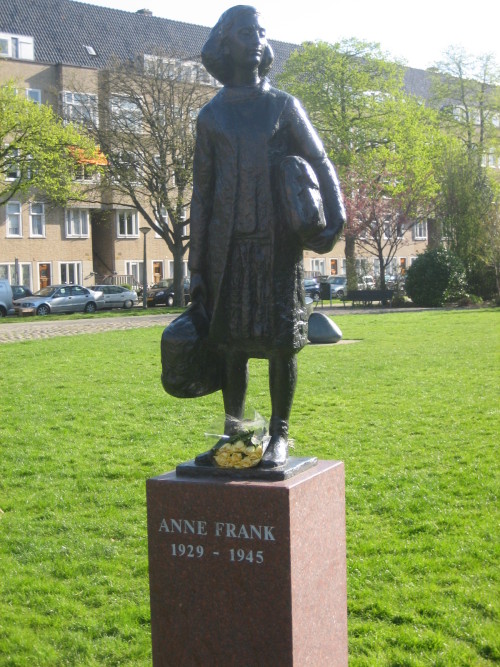
They found refuge in a building at 267 Prinsengracht that by turns had been a 17th century private residence, a warehouse and a household appliance factory. The offices and warehouse of Otto’s companies, Opekta and Pectacon, were located on the ground floor. Otto dealt in fruit extract pectin, herbs, spices and pickling salts.
The secret annex where the Franks hid from the Nazis was in the back part of the building. Concealed from view by houses on all four sides, it seemed like a feasible sanctuary. They lived there from July 6, 1942 until August 4, 1944.
No one but Otto’s most trusted Christian employees — Miep Gies, Bep Voskuijl, Johannes Kleiman and Victor Kugler — were privy to their secret. They provided them and their boarders — Hermann, Auguste and Peter van Pels and Fritz Pfeffer –with provisions, newspapers and books. Although Anne described the space in which they all dwelled as a relatively luxurious, it was really cramped and dim-lit.
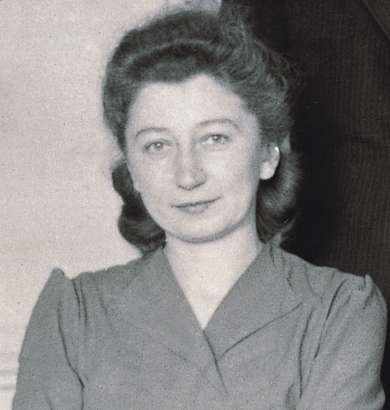
An aspiring journalist, Anne started keeping a diary on her 13th birthday on June 12, 1942, less than a month before the Franks had to hide.
She jotted down her thoughts in a red-and-green plaid cloth autograph book Otto had given her as a gift. The last entry she penned was on Aug. 1, 1944. On the whole, she used the diary to examine her relationship with her family and reflect on her isolation and fear of discovery. As she wrote on July 11, 1942, “We’re very afraid the neighbors might hear or see us.”
As you enter Anne Frank House, the first objects in your line of vision are four large photographs of Anne. She looks forward, smiling sweetly, in two photographs. She glances sideways and plays with her fingers in the third and fourth photographs.
An entry from her diary, dated April 9, 1944, is inscribed on a wall: “The time will come when we will be people again and not just Jews.” A picture of Anne gazing out from a balcony appears.
The rooms in the annex, with a floor space of about 500 square feet, are bereft of furniture, clothes and personal belongings. They were seized by the Nazis and distributed to families in Germany.
A staircase takes a visitor to a scale model of the secret annex, where a photograph portrays a razzia, a German roundup of Dutch Jews. The book case which conceals the annex leads to a very steep staircase.
A small room contains Margot’s Latin lessons and Otto’s map of the Allied landings at Normandy in 1944. Pencil marks on a wall, drawn by Otto, enabled him to track his daughters`growth. The walls of Anne’s bedroom are plastered with pictures and newspaper cuttings.
The kitchen is spare, with only a counter and sink. The window in the attic reveals the sky and the branches of a tree.
For Anne, the Holocaust is not an abstraction. An Oct. 9, 1942 entry from her diary reads, “The English radio says they’re (Jews) being gassed. I feel terribly upset.”
On Dec. 24, 1943, about eight months before the Franks were betrayed by an anonymous caller informing the German security police that Jews could be found at 267 Prinsengracht, Anne poignantly wrote, “I long to ride a bike, dance, whistle, look at the world, feel young and know that I’m free.”
The arrest of the Franks is chronicled in another room. Anne’s formal name, Anneliese, chillingly appears on a Nazi deportation list. A film clip of a transport leaving the Westerbork camp for Auschwitz foreshadows their fate.
Otto was the sole member of his family to survive. Edith died in Auschwitz and Anne and her sister perished in the Bergen-Belsen camp in Germany. Hermann van Pels was gassed in Auschwitz and his wife died en route from Bergen-Belsen to Theresienstadt. Their son died in Mauthausen`s sick bay. Pfeffer died in the Neuengamme concentration camp.
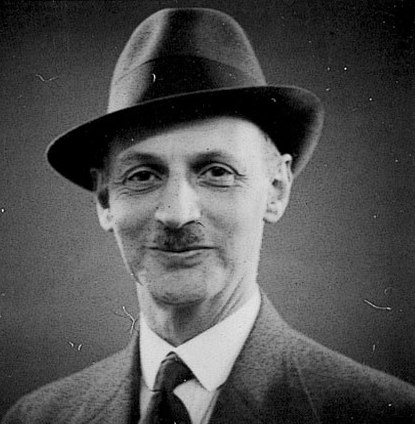
Near the exit of the museum is a glass case inside of which is a facsimile of Anne`s diary. After her deportation, Gies and Voskuijl retrieved it among her personal effects. When Otto returned to Amsterdam after the war, he took possession of Anne`s diary and notebooks. Originally published in Holland in 1947, the diary was published in English five years later.
The building that houses Anne Frank House was slated to be demolished before a public relations campaign saved it from the wrecker’s ball. Refurbished in 1999, it was reopened by the Dutch royal family.
The museum, with its exhibition space, bookshop and cafe, is an affecting testament to a lively and sensitive soul whose life was tragically cut short by an inhumane regime.
